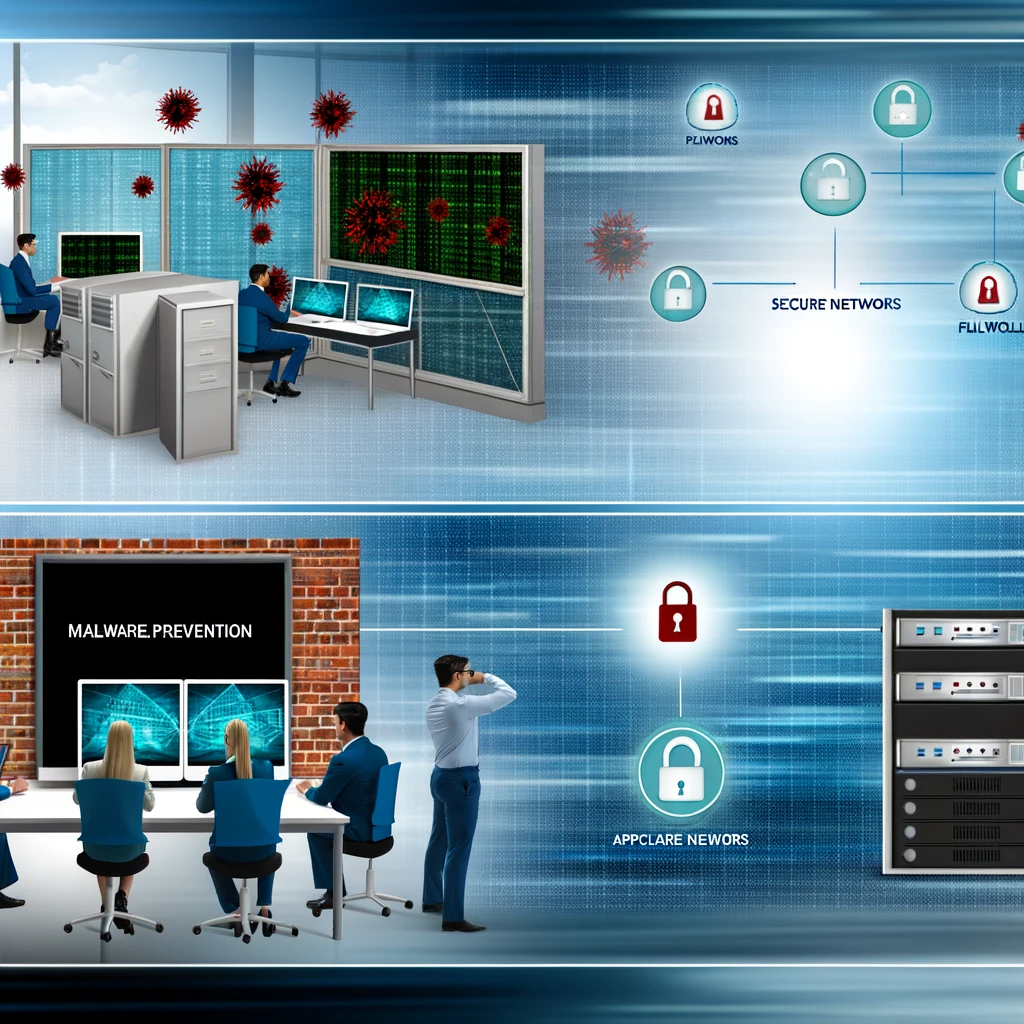
Malware, such as the Backdoor.Hyperbro Trojan, poses a significant threat to computer security by opening backdoors that allow attackers remote access to systems. This access can lead to unauthorized actions like file manipulation, command execution, and data capture.
Preventing Malware Infections
The most effective strategy against malware is prevention, which includes:
- Keeping antimalware solutions and all software up to date.
- Educating users on the dangers of opening suspicious files.
- Implementing firewalls at network perimeters and on individual systems.
- Enforcing complex, regularly changed passwords.
- Restricting automatic execution of executable files.
- Disabling unnecessary services and removing unused software.
- Scanning and sanitizing incoming emails for malicious attachments.
- Isolating infected systems immediately upon detection.
Responding to Malware Threats
If prevention fails and a system becomes infected, immediate actions are necessary to mitigate damage. This includes using professional antimalware tools, provided by companies like Bitdefender and Sophos, which offer comprehensive security solutions including antimalware, antiphishing, and firewall capabilities managed via cloud portals.
Cybersecurity Best Practices
Adopting robust cybersecurity measures and utilizing advanced antimalware solutions ensures proactive threat detection and management, minimizing the impact of malware infections.
Works Cited
- Symantec. (2019, September 20). “Backdoor.Hyperbro.” Retrieved from Symantec.
- Bitdefender. (2019). “GravityZone Business Security: Bitdefender Enterprise.” Retrieved from Bitdefender.
- Sophos. (2019). “CYBERSECURITY EVOLVED.” Retrieved from Sophos.






